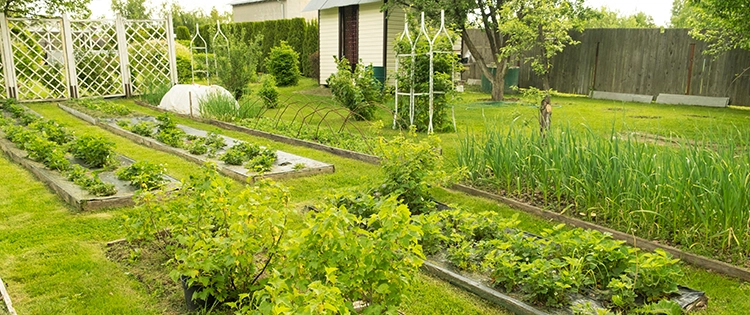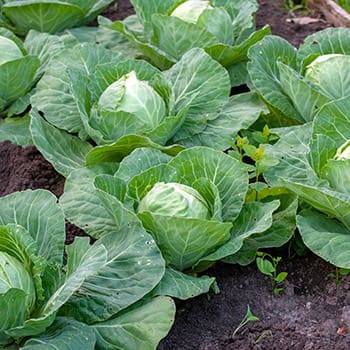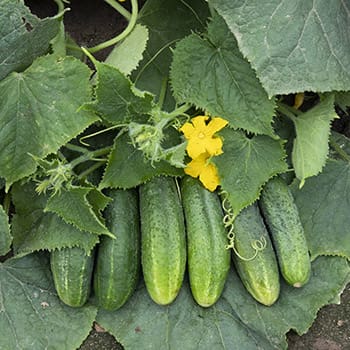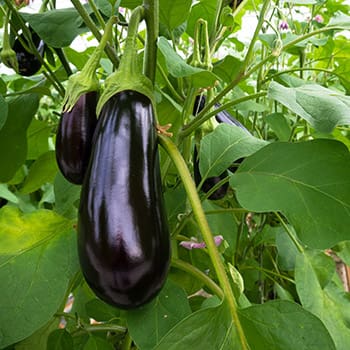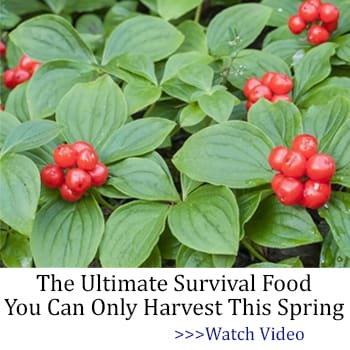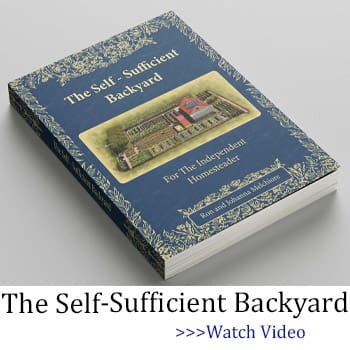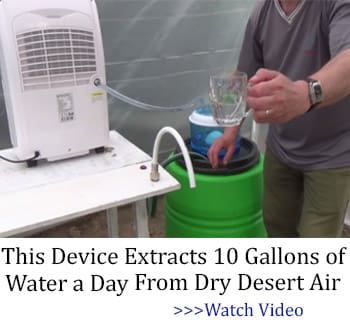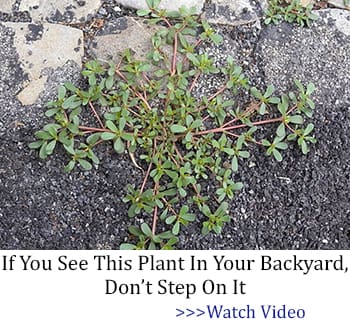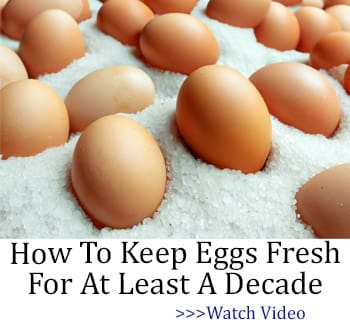The sun is finally shining, and spring is in full bloom—making it the perfect time to harvest vegetables for the summer. However, achieving an early summer yield requires strategic planting and most importantly, the right selection of vegetables. So, which vegetables should you plant now for a fruitful summer harvest? Let’s uncover that.
Beans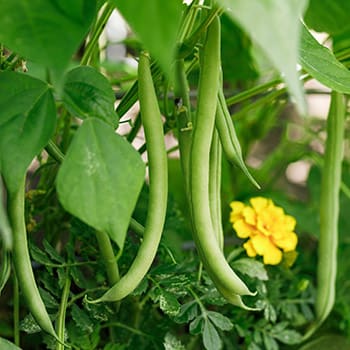
Every homesteader loves growing beans because they’re fast-growing vegetables that thrive in warm soil. Not only are they easy to grow, but they’re also rich in protein and essential nutrients, making them a valuable addition to any garden.
How To Plant and Harvest
To start planting beans, sow the seeds directly into well-drained soil. Additionally, if you’re growing pole beans, consider giving them sturdy support with trellises or poles. Remember to keep the soil moist but not soaked, as beans prefer a cozy, not soggy, environment. Finally, when the pods are firm and crisp, you’ll know they’re ready to be harvested.
Beets
Beets are versatile root vegetables that can be enjoyed fresh in salads or cooked in various dishes. These vibrant root vegetables flourish in well-drained, nutrient-rich soil, basking in ample sunlight. Remarkably, they’re ready to harvest in just 7 to 8 weeks, making them one of the quickest and easiest veggies to grow in the warmer seasons.
How To Plant and Harvest
To achieve optimal beet growth, select a farm area with well-moistened soil. Next, plant seeds in rows spaced 1 to 1.5 feet apart to prevent overcrowding. Instead of using strong fertilizers, enrich the soil with grass clippings or shredded leaves from your garden to avoid depleting essential nutrients. And when those bulbs are close to a golf ball’s size, it’s time to catch them!
Cabbage
Cabbage, a scrumptious veggie, thrives when planted in spring and harvested in early to mid-summer. Perfect for salads and various dishes, it loves cool weather and needs organic-rich soil for prime growth.
How To Plant and Harvest
For a successful cabbage crop, sow seeds in early spring, spacing them 12 to 24 inches apart in rows. Additionally, keep the soil consistently moist to prevent cracking heads, and use organic mulch to retain moisture and suppress weeds. You can harvest the final crop when its head is firm, typically 60 to 90 days after planting.
Related: Vegetables That Grow Faster Than Grass
Carrots
With their sweet flavor, carrots are beloved by both humans and pets. Notably, these root veggies thrive in abundant sunlight. To ensure their optimal growth on your farmstead, prioritize finding a sunny spot for them to flourish.
How To Plant and Harvest
Clear away any debris and work the soil deeply, ensuring carrot roots have plenty of room to stretch. Now, plant the seeds in the ground, spacing them 2 to 4 inches apart in rows, with about 12 inches between rows.
Once those little green shoots start popping up, thin them out to give each carrot some elbow room, aiming for 2 to 3 inches of space between plants. And when those vibrant orange veggies reach their peak size you can start harvesting them.
Cucumbers
If you’re after a quick-to-harvest green veggie, cucumbers are your best bet, ready in as little as 60 to 70 days. What’s great about these refreshing veggies is their easy-going nature. No fuss; just give them good soil, sunlight, and regular water, and you’ll soon be enjoying your crunchy harvest.
How To Plant and Harvest
Once the last frost says goodbye, it’s time to plant your cucumber seeds directly in your garden beds. Give them some room, about 6 feet apart in rows or hills, because cucumbers like their space! Before you plant, make sure your soil is nicely wet. Then, gently put those seeds about half an inch deep, spacing them about 6 inches apart.
As your little plants grow, thin them out to give each one some space. Let each cucumber plant have about a foot of room to spread out and grow. To make your farmstead look cool try giving your cucumber vines some support with trellises or tomato cages. This saves space and keeps your cucumbers away from bugs on the ground.
Related: Plant This Vegetable Once and Harvest it For 30+ Years
Corn
Nothing compares to the sweetness of a golden kernel straight from your own farm. Now is the ideal moment to plant your corn and enjoy it just in time for your summer BBQ gatherings.
How To Plant and Harvest
To kick off your corn-growing adventure, start by selecting a sunny spot in your garden. Plant seeds 1 inch deep and 4 inches apart in rows set 3 feet apart, ensuring the soil is warm, ideally over 55°F.
Moreover, keep those seeds well-watered, and once they sprout to 4 inches tall, thin them to 8-12 inches apart. Corn loves its water, so be generous with the hydration. Additionally, you can also use mulch to retain moisture. Before you know it, you’ll be harvesting sweet corn for your everyday staple.
Eggplants
Eggplants are known to grow relatively quickly compared to other fruiting vegetables. Given optimal conditions like warm temperatures and ample sunlight, these plants thrive and can grow rapidly. Depending on the variety, you can expect to start harvesting eggplants within 70 to 85 days from planting seeds, and even sooner if you transplant seedlings.
How To Plant and Harvest
Begin by sowing eggplant seeds indoors up to 10 weeks before the last frost. Plant the seeds 1/4 inch deep in pots, water them, and cover them loosely with plastic to retain moisture. Once the soil outside reaches 60°F, transplant the seedlings.
Remember to space the plants 24 inches apart in rows set 2 to 3 feet apart. For optimal growth, provide rich, sapped soil with a pH of 6.5 and water the plants 1 to 2 inches weekly.
Lettuce
If you’re in search of the quickest-growing vegetable, look no further than lettuce. This leafy green can be harvested at different stages of growth, offering a continuous supply throughout the season. You can pluck individual leaves for a “cut-and-come-again” harvest or wait for the entire head to form for a traditional harvest.
How to Plant and Harvest
Start by planting seeds directly into your garden soil once it’s spring. Put them about half an inch deep in neat rows, or begin them inside for an early harvest. A pro tip here is to spread the seeds out in patches. This planting will ensure you get a constant supply of fresh, crunchy greens for your salads.
Don’t let the summer bounty slip away. With the right veggies in your garden, you’re on your way to a season filled with fresh, homegrown goodness. So, roll up your sleeves, grab your gardening tools, and get ready to enjoy a harvest that’s as satisfying as it is delicious.
What vegetables are you looking forward to growing this summer? Don’t forget to share your thoughts in the comment section below!
Veggies You Only Plant Once And Harvest Forever
The Backyard Tree Syrup Our Grandparents Used to Make Each Spring (Video)
Are You Ready For The Upcoming Food Crisis?
